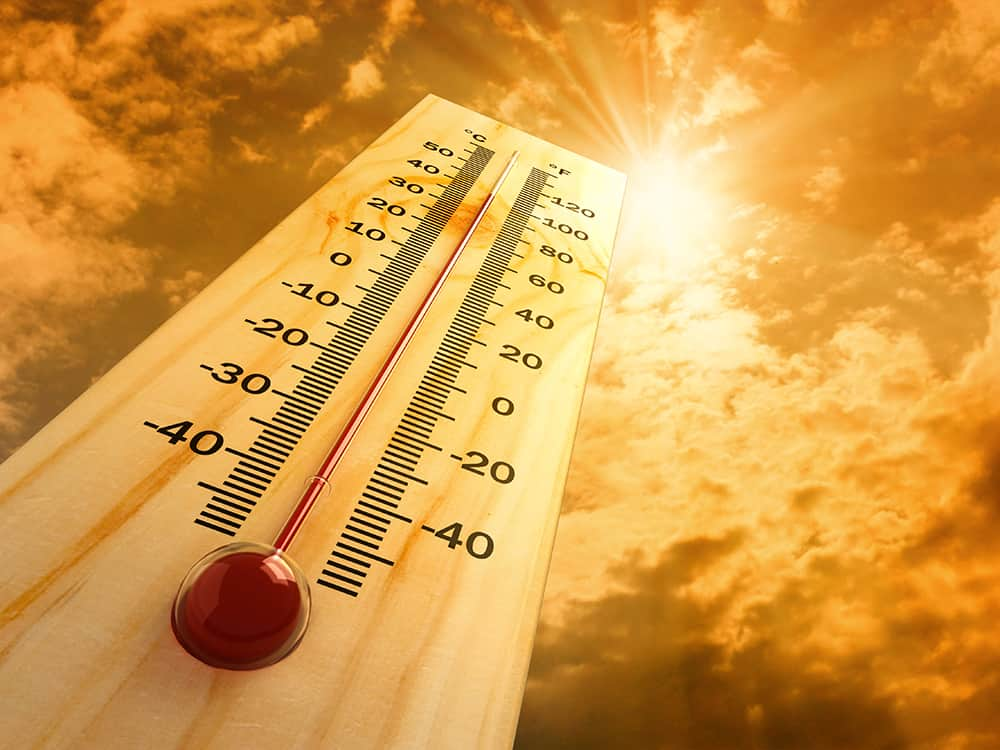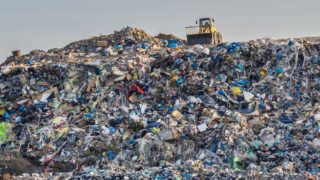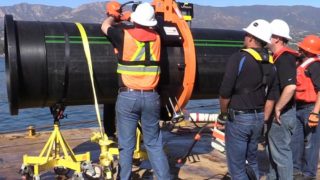Last Updated on October 08, 2018
Originally Posted on February 23, 2018
With the humid, rainy season quickly approaching in North Queensland, Australian temperatures will soon soar well past 50◦C/120◦F and our focus turns to addressing the question “how will we beat the heat?” These extreme conditions call for creative solutions. While a lucky few can wait out the sweltering days in air conditioning, those who brave the elements (and the flies) resort to more traditional methods of keeping themselves cool.
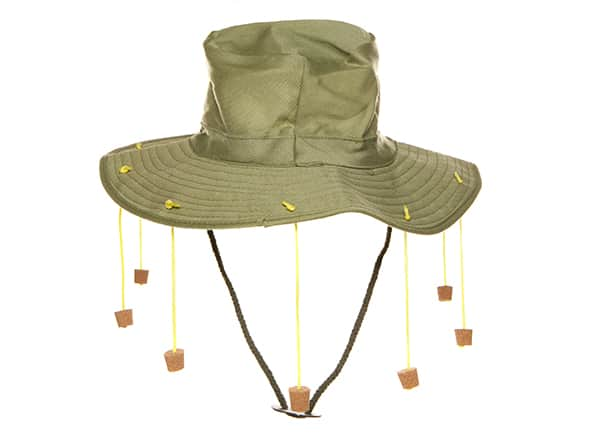
Extreme weather can make people adopt some pretty funny behavior, and the same is true for piping systems. Did you know that the extreme temperatures like those experienced in North Queensland make HDPE pipe 10 times more susceptible to thermal expansion and contraction than steel? As the mercury moves, so does the pipe. Butt welded HDPE joints that are not done by-the-book are likely to pull apart under these conditions, the results of which can be catastrophic.
Previously failed joints at Glencore’s Oaky Creek Mine caused shut-downs, delays and headaches for the site. That is why in 2017 when the coal mine was set to install an 8km, 400mm OD HDPE raw water pipeline – a critical line that transports process water from the mine to the reverse osmosis plant, Glencore chose a new pipe joining method to help their HDPE pipeline beat the heat.
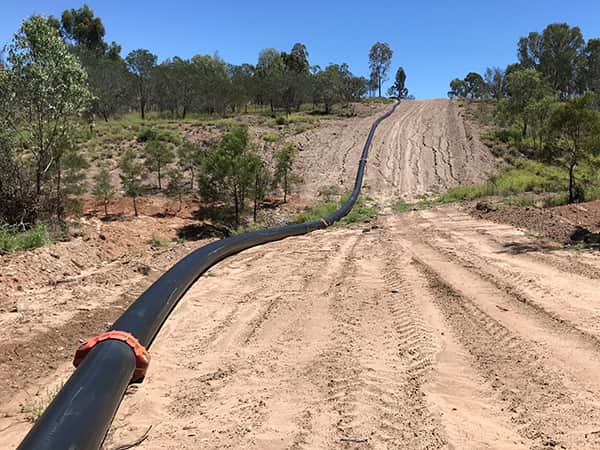
Beat the Heat of Weather Conditions
Victaulic mechanical joints for HDPE pipe are designed and tested to withstand movement caused by temperature fluctuations which made it the ideal solution at the Australian mine. In fact, months after installation, Glencore reported a 100% joint success rate and zero leaks after the system was commissioned. Installing the pipeline was also a breeze. Victaulic joints are installed rain or shine, cold or hot. It doesn’t matter the weather condition, the installation process is the same.
Beat the Heat of Butt Welding
Even in the most ideal conditions, butt welding HDPE pipe is a temperamental process. Specialist poly-welders and pristine environmental conditions, void of any wind, rain or debris, are needed to ensure the joints are fused correctly. This is particularly critical for large-diameter HDPE pipelines, like the one at Oaky Creek. While additional equipment such as screens and tents can be used to protect the installation site, there is no guarantee (and no way to test) that a joint is properly fused. Victaulic mechanical joints eliminated all of these concerns for Glencore.
Beat the Heat of Project Schedules
The crew at Glencore was able to completely install each 400mm Victaulic joint in just 10 minutes, resulting in an overall time savings of 55%. Installation dropped from an estimated 80 days to only 35 days. And you really can’t beat those numbers.
